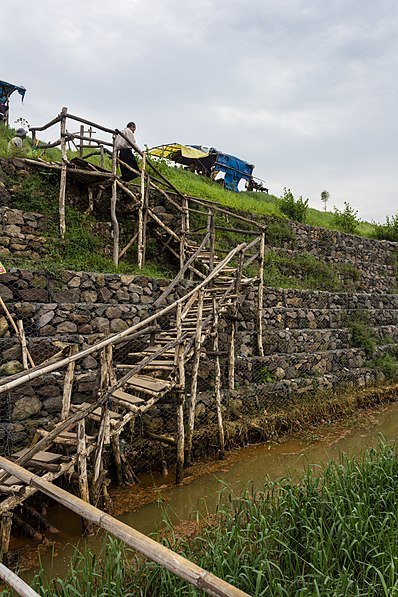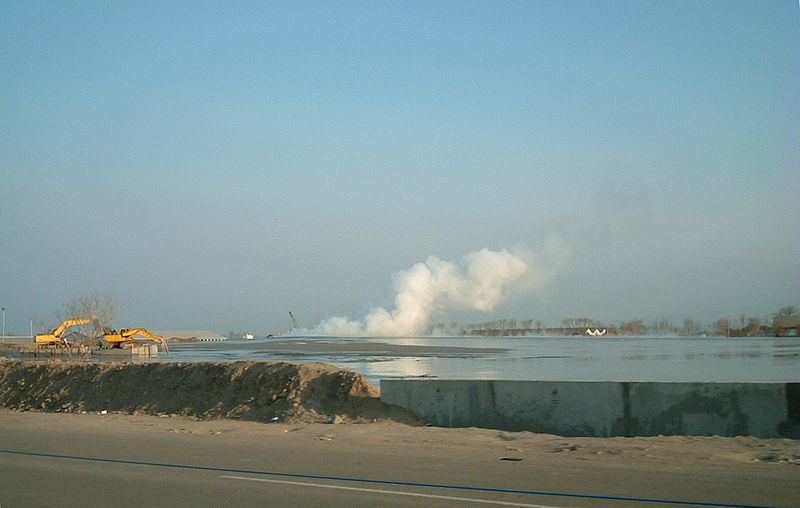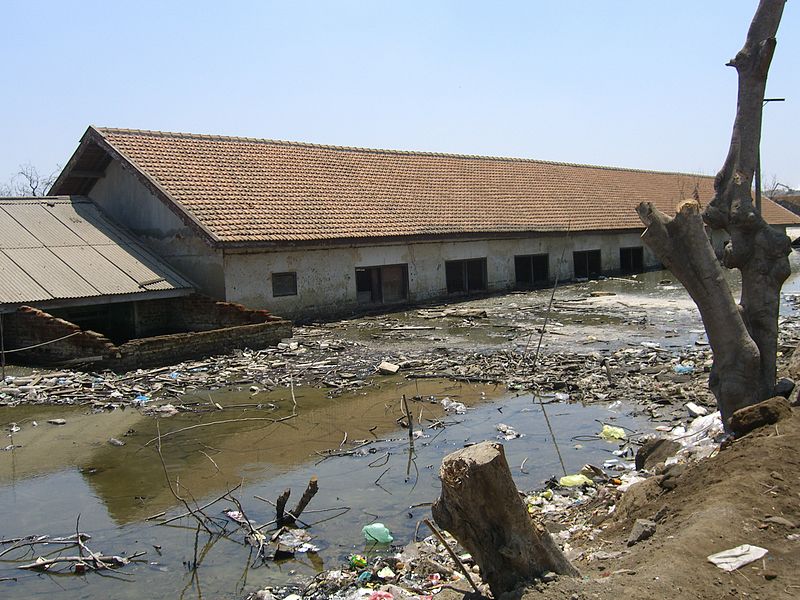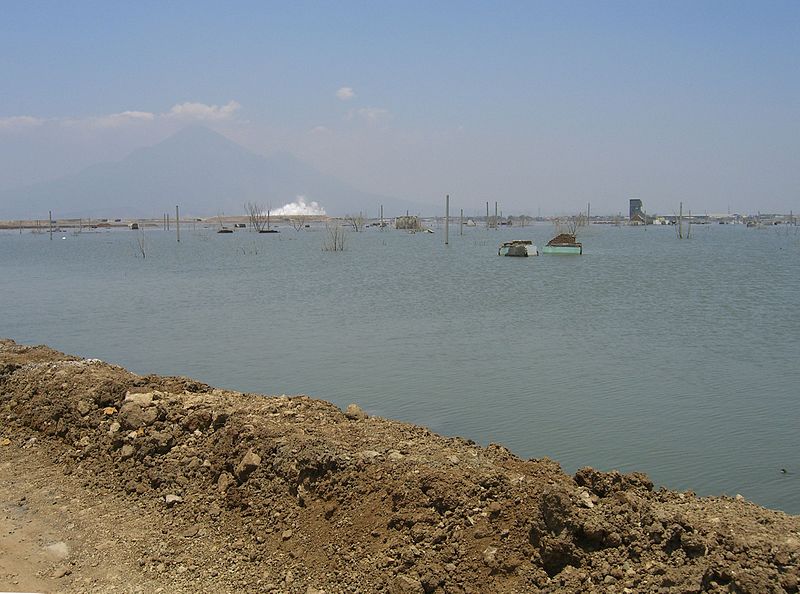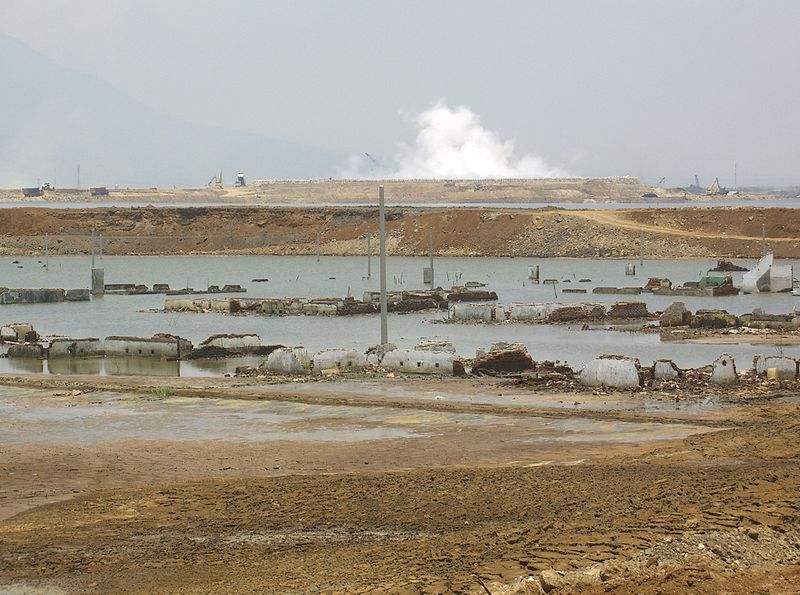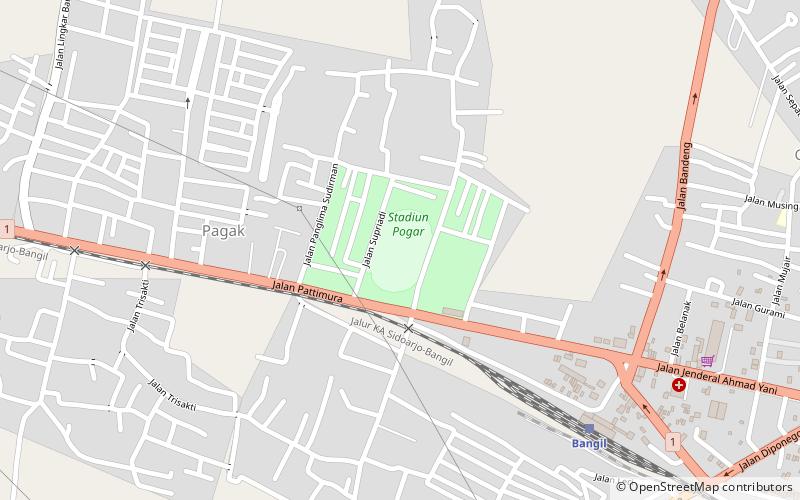Sidoarjo mud flow
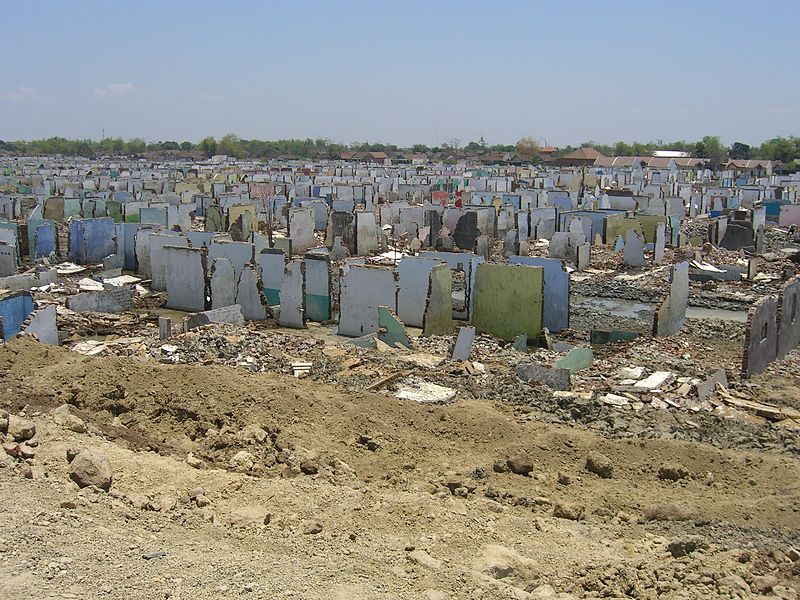
Facts and practical information
The Sidoarjo mud flow, also known as the Lusi mud flow, is one of the most catastrophic volcanic mud eruptions in recent history. It is located in the Sidoarjo regency in East Java, Indonesia. The disaster began on May 29, 2006, when a geyser of volcanic mud burst through the ground in a location where a gas exploration company had been drilling. The mudflow has since inundated villages and displaced thousands of people, covering an area of more than 6 square kilometers.
The eruption has been attributed to the fracturing of the earth's crust in the subduction zone where the Indo-Australian Plate is being pushed beneath the Eurasian Plate. However, the involvement of drilling activities has led to a debate on whether the disaster is a natural phenomenon or a man-made one. The mudflow has been releasing thousands of cubic meters of toxic mud every day, causing significant damage to the local environment and economy.
Efforts to stop the flow have included the construction of levees, the dumping of concrete balls into the mud's source, and the channeling of the mud to the nearby Porong River. Despite these efforts, the mudflow has not been stopped, and its impact continues to be felt by the local community. The Sidoarjo mud flow remains a stark reminder of the potential dangers of natural disasters and the complexities of human intervention in geological processes.
East Java
Sidoarjo mud flow – popular in the area (distance from the attraction)
Nearby attractions include: Pari Temple, Pogar Bangil Stadium, Delta Stadium.


